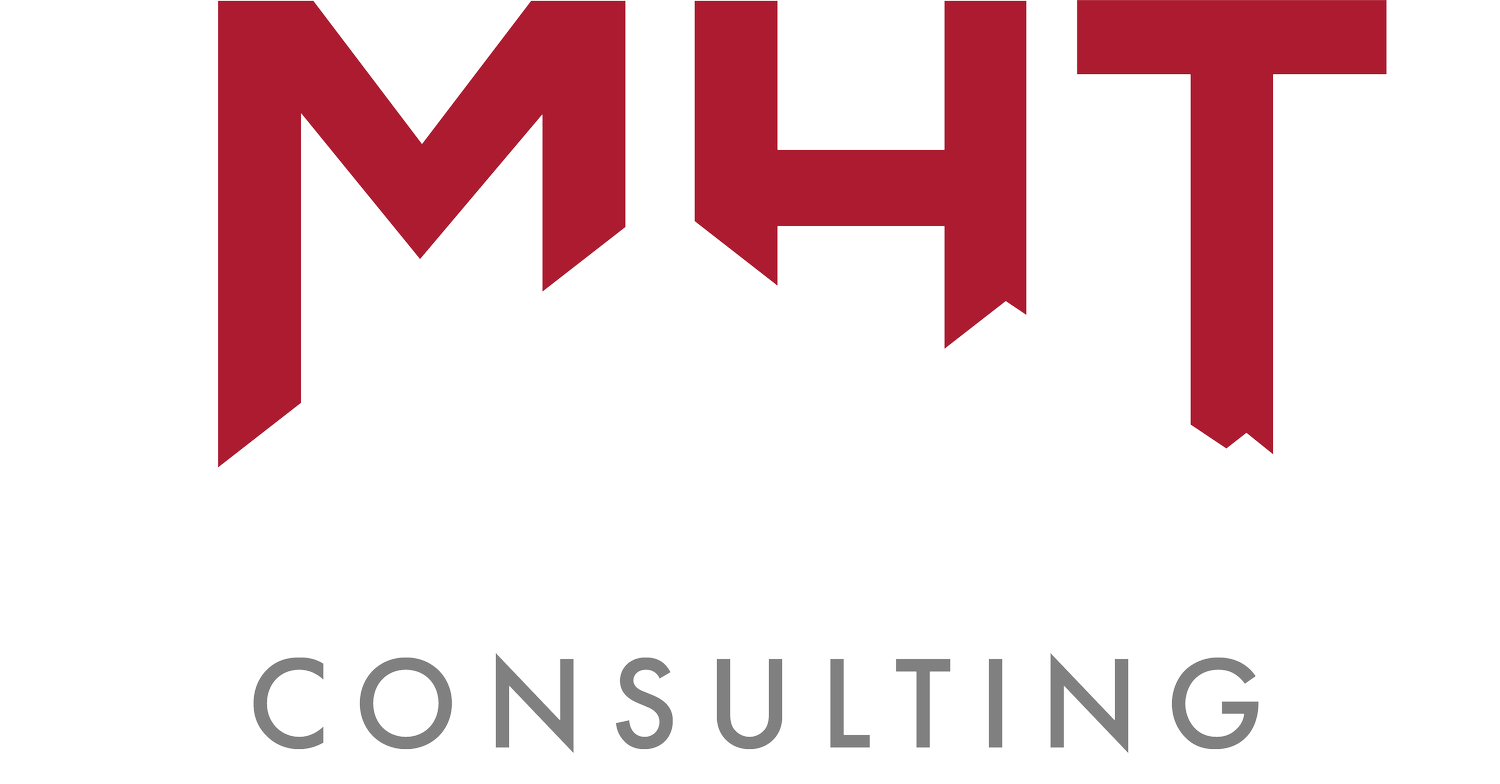Tier II Reports
Many businesses aren't aware they're required to submit Tier II reports until regulators ask for them. Your facility typically needs a Tier II report if you:
Store hazardous chemicals above federally regulated quantities.
Operate within industries where hazardous chemicals are present, such as oil and gas (including crude oil and produced water storage), manufacturing, agriculture, warehousing and chemical processing.
Tier II reports help local and state emergency responders prepare for potential chemical emergencies. By submitting these reports, you:
Keep emergency services informed about chemical hazards at your site.
Protect employees, first responders and your surrounding community in case of accidents or disasters.
Comply with federal requirements and avoid fines or penalties.
Common Challenges with Tier II Reporting
Many companies struggle to determine what qualifies as a hazardous chemical and whether they meet the reporting thresholds. For example, hazardous chemical reporting is required if you store more than 1,000 pounds of a hazardous substance, which can be exceeded by just one standard 210-gallon barrel. Many operators overlook this and fail to report.
Many oil and gas sites contain hazardous chemicals, such as crude oil and produced water, which are often misunderstood as non-hazardous. Extremely hazardous chemicals are uncommon in standard oil and gas operations and are typically found in refineries and smelting operations.
Other common reporting issues include:
Not realizing they're required to report.
Incorrectly calculating chemical quantities.
Missing reporting deadlines (due March 1, every year).
Failing to account for chemical totes and day tanks, which often push facilities over the reporting threshold. These are widely overlooked but are subject to reporting.
Another frequent issue occurs when companies acquire new sites but fail to report them, assuming the previous operator has done so. Any facility owner as of Dec. 31 is responsible for that year’s Tier II report, meaning newly acquired sites must be included.
Avoiding these issues is straightforward when you have clear processes and accurate records in place.
What’s Included in a Tier II Report?
Your Tier II report typically includes:
Responsible Official: the person legally accountable for submitting the Tier II report.
Facility Information: Basic company information and details about your location, operations and emergency contacts.
Chemical Inventory: Names, quantities, storage methods and locations of hazardous chemicals stored onsite.
Making Tier II Compliance Easier (for All States)
We specialize in Tier II reporting nationwide, simplifying the process no matter which state your facility operates in. Our team provides:
Tier II report preparation based on the chemical inventory you provide. If needed, we can perform onsite equipment or chemical inventory inspections for an additional fee, or as part of a SPCC inspection.
Complete report preparation and timely submission to state and local authorities.
Clear, organized documentation to streamline compliance.
Expert guidance to avoid common reporting mistakes.
Unlike some competitors who charge per wellhead, we charge per pad site, aligning with how Tier II reports should be filed. This approach helps operators save significantly on compliance costs.
Mailings to LEPCs and Fire Departments (When Required)
Some states require Tier II reports to be sent directly to Local Emergency Planning Committees (LEPCs) and local fire departments - and every site may have a different mailing address based on its location. That means hundreds of mailings for some operators.
We handle this process for you, including:
Identifying the correct LEPC and fire department for each site
Preparing state-compliant packets
Sending the appropriate documents to each recipient
Whether you have a handful of sites or several hundred, we take this time-consuming task off your plate.
Tier II FAQs
How do Tier II reporting processes vary by state?
Some states, like Louisiana and Texas, have their own reporting systems, while others, like Oklahoma and New Mexico, use the federal EPA software. Additionally, some states require companies to mail separate reports to local emergency planning committees (LEPCs) and fire departments, which we handle as part of our service.
How much does Tier II reporting cost?
Costs vary based on the number of facilities and states involved. Some states, like Texas and Louisiana, charge fees per chemical reported, which can add up quickly. We ensure accurate reporting while minimizing unnecessary fees.
Can one company manage reporting for multiple states?
Absolutely. We handle multi-state reporting to simplify compliance for companies operating facilities in multiple locations.
What if we’ve missed reports from previous years?
Many companies assume they will be penalized for past non-compliance, but states often allow facilities to correct past reporting issues without fines.
We help clients navigate audit privilege programs to disclose and fix past mistakes without penalties. From there, our team ensures your reports are submitted accurately and on time, every year.
Are there different reporting deadlines by state?
No. All Tier II reports are due every year by March 1.
Simplify Your Tier II Reporting
Contact us today to make sure your facility is compliant, and prepared.
